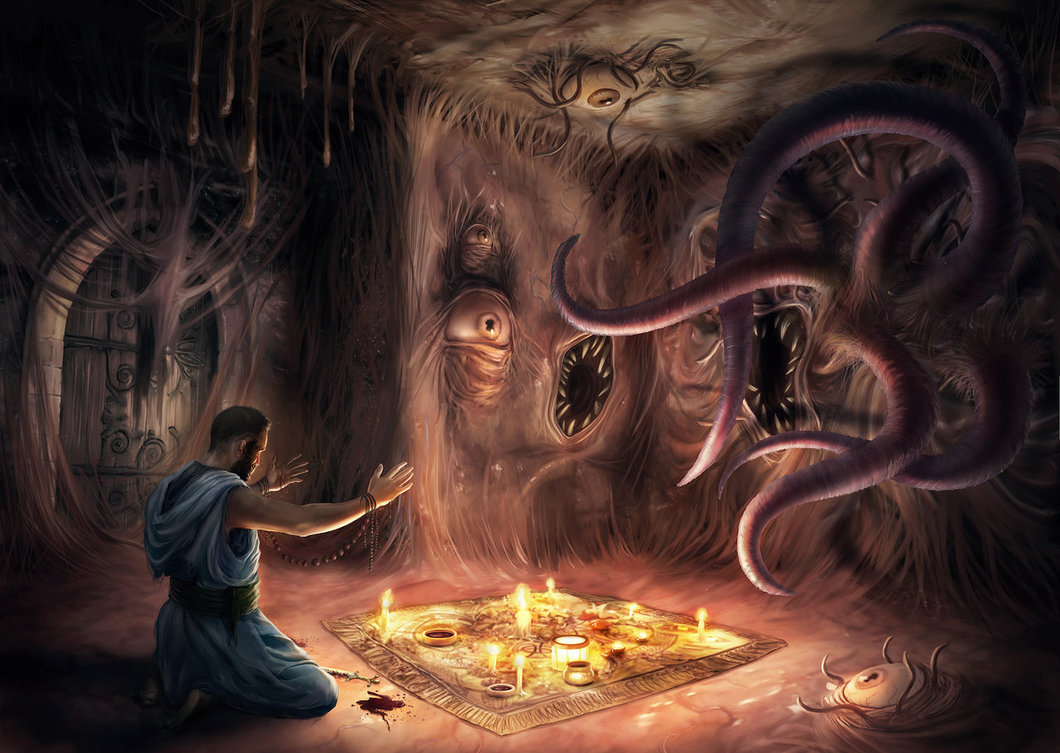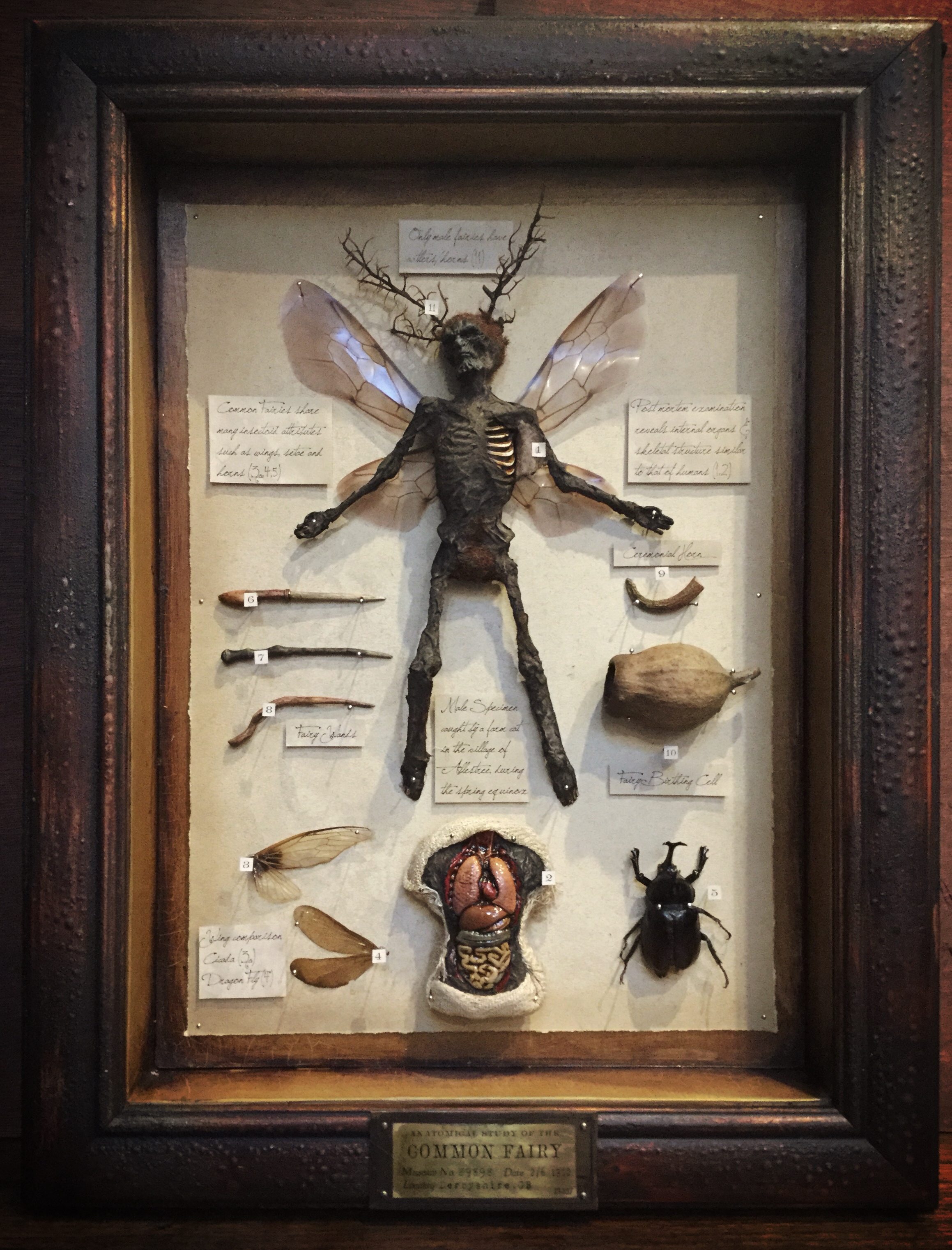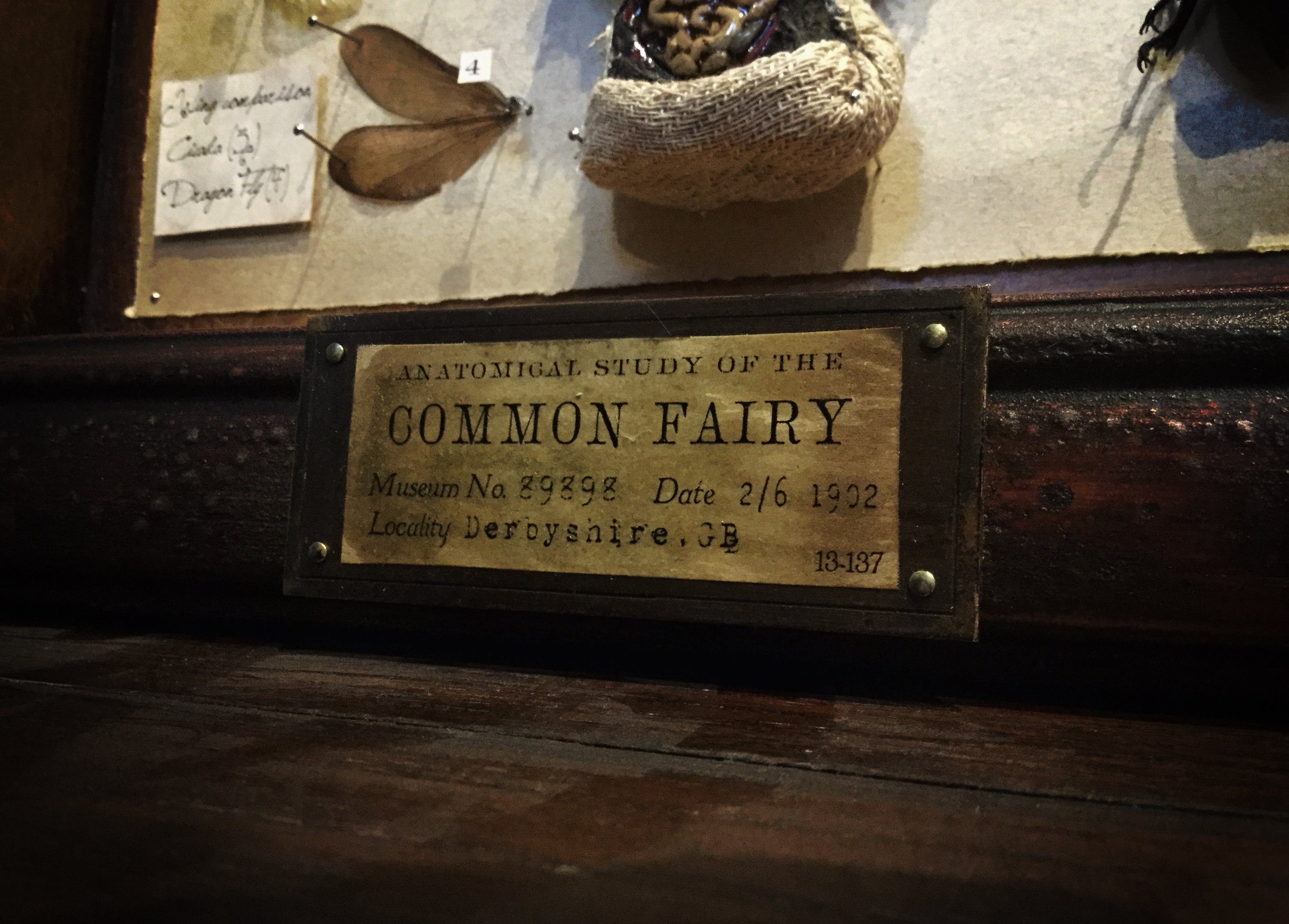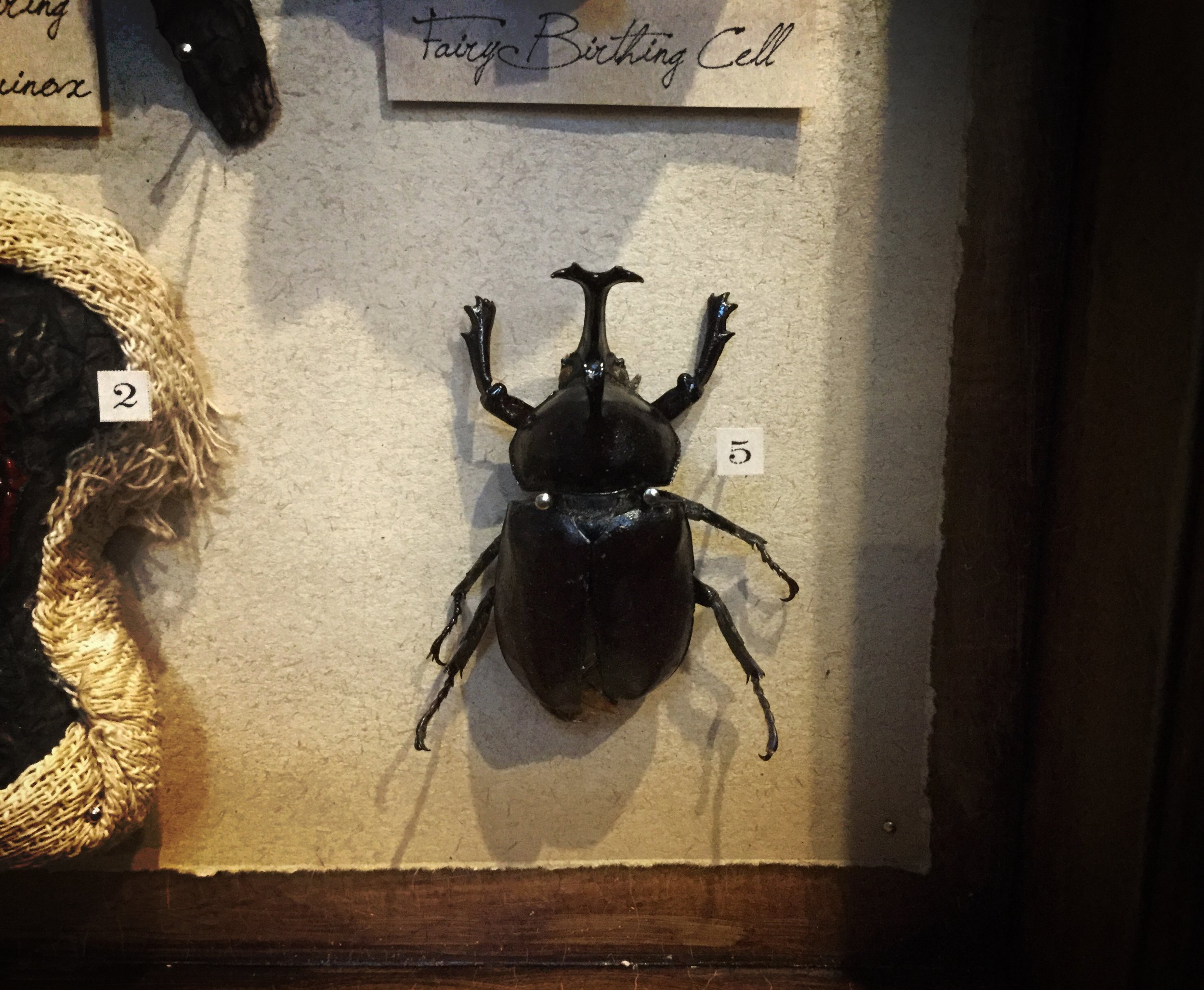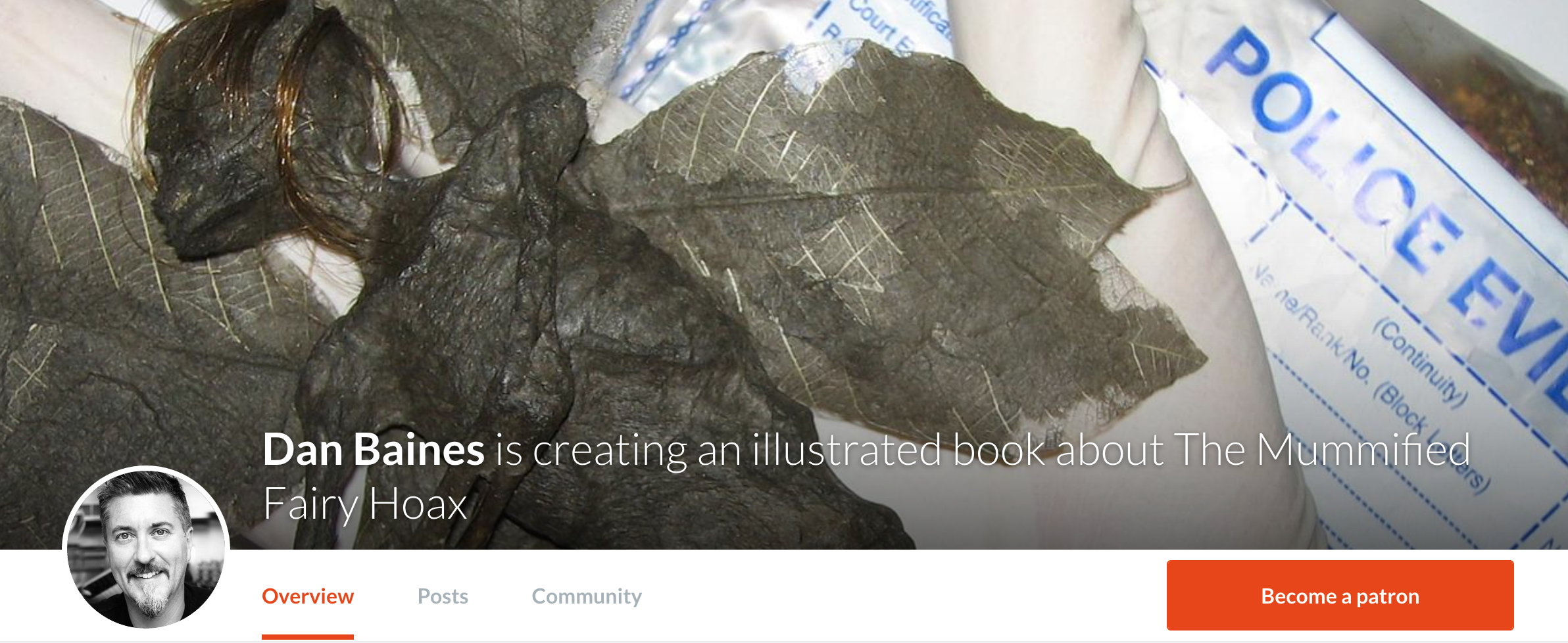As my annual pilgrimage to The Legendary Llangolloen Fairy Festival fast approaches I thought it seemed fitting to include this great article by Claire Barrand taken from yesterday's Abergavenny Chronicle.
As someone who loves all things supernatural I was intent to discover what beautiful magical Wales, steeped in mystery and superstition has to offer in the way of local ghosts and folklore.
Walking my dog through the enchanting woods near my home in Maes Y Gwartha and along the path to Clydach Gorge, I imagine the trees whispering their secrets to me. Inspired to find out more, last week I met with official Welsh tourist guide Eifion Lloyd-Davies at Gellifelen tunnels for a guided tour through Clydach Gorge and sure enough he did not disappoint with his bygone tales of the mythical legends associated with the area.
The Gorge is an enchanting place, cutting deep through the rocks of the South Wales coalfield between Brynmawr and Gilwern and despite the current works on the A465 it is easy to lose yourself in its fairy-tale splendour.
Locals herald the story that Shakespeare himself so inspired by the mystical properties of the Gorge, wrote A Midsummer Night’s Dream here. Shakespeare in this, reflects the essence and beliefs of his era, and the superstition that dominated the widespread opinions in those times that the Gorge was the haunt of fairies, goblins and witches.
Wild and with nature in abundance, Britain’s oldest beech wood, which has survived some 14,000 years, hugs the side of the gorge forming the Cwm Clydach nature reserve. With over 400 species of fungi and rare plants birds and butterflies to be spotted here it is no wonder the site is protected for its inhabitants. Immense tracks of wild garlic leave a powerful scent in the air. There are 17 waterfalls, the most spectacular being the dramatic 60ft falls at Devil’s Bridge.
Devils Bridge is so named as the water has worn away a sinister image said to be the devils face himself into the rocks below. Legend has it that here in Cwm Pwca, a particular sort of goblin named “Pwca” existed. Mythological creatures, they were believed to have a menacing shapeshifting ability, usually beginning in the form of rabbits, horse, cat goat or dog but always black. Said to have the power to bring terrible fortune, people would be filled with dread if one crossed their path for fear that the “Pwca” would curse them.
As we strolled past the old railway station viewing ahead the lime kilns and beyond where it is said Peregrine falcons nest and certain trees grow here as only they can where the air is at its purest, Eifion related the story about some farm hands who were walking with their horse pulling a cart of straw one summers eve when it suddenly stopped and refused to walk another step. The men recalling an old lady walking past, and assuming she must have been a witch that had placed a curse on their horse, chased back after her cutting briar switches as they went, once finding her they viciously beat her until she bled, thus the horse was said to walk once again. The reason behind their brutality was the belief that a witch’s power could be released by drawing her blood by scratching her as quoted in Shakespeare, ‘Blood will I draw on thee, thou art a witch’.
Witches, were thought to brew evil concoctions in their cauldrons and here in the Gorge there were no shortage of the gwiddonod (witches) depicted as wicked old women who could cast curses over people and animals, ride broomsticks, tell fortunes and use charms to both heal and cause diseases.
Another Clydach witch was said to be that of Old Magw. A teacher employed at the Ironworks school in Clydach by the manager Edward Frere, Old Magw was reputed to be a vicious wicked woman with merciless means of dealing out the most severe punishments to children who were late for school or defiant. Widely feared by local folk she was reputed to curse your plants in the garden if you maddened her.
Another teacher reputedly a harsh tyrant at the ironworks school was a man called John Dawson who was reputed to have three pets that he kept close by his side - a black jackdaw, a cat and a welsh terrier. Disliked by many Dawson would walk daily from home and back to work across the mountain from Twyn Wenallt and one day, he just vanished.
Assumed that he had drowned in a nearby pond, locals in search of his body recovered a sack from the water with the three pets drowned inside, however he was never seen again. The apparition of a figure wearing “old fashioned clothing” and a hat that “dated back to the Seventeenth Century”, has been reported high up on Gilwern Hill near the old quarry pits, known locally as the Tyla. Could this be the ghost of John Dawson?
There is another story of a witch located in Clydach and her name was Molly Davies. Little is known about Old Molly but it is reputed that she had the power to make pigs stand on their heads!
Eifion explained to me that there was widespread belief that at certain times of the year folk witches met at midnight to steal and ride horses belonging to local people and stories of the animals being discovered perspiring and distressed in the morning were proof that witches had been riding them.
General belief was that branches from Elder or Mountain Ash trees woven around stable doors it would deter the witches and Elder was grown commonly in Wales at the entrance of farms to stop witches entering can found growing there to this can.
Elder has many associations with the fairy world in Celtic lands and there is also much natural magic associated with powers of Ash. The witch’s broom was traditionally made of an Ash staff, together with Birch twigs and Willow bindings.
People would customarily only cut elder branches with the permission of the tree and would first doff their caps to the tree and say, ‘Old Woman, give me some of thy wood and I will give thee some of mine when I grow into a tree’.
If this procedure was not adopted, ill-luck could befall. In some Welsh traditions, witches were even said to live inside Ash trees. The Ash tree has always been given mystical import and character, frequently being associated with healing and enchantment. In Celtic literature, there are many references to the Ash tree, but in particular it is associated with the Welsh Magician-God Gwyddion, who bears an Ash staff/wand, a symbol.
Amongst other magical healing powers that the Gorge held precious was the belief that hernias could be cured by splitting an ash tree and passing the afflicted person through the gap three times to make their hernia disappear. Children suffered a lot with hernias due to the heavy work they were subjected to at the ironworks and this practise would have been a regular event!
Over on the opposite side of the valley towards it is said that a wise man called Solomon lived. (below another fort named Tom Thumb’s Rock or King Arthur’s Chair). He was said to be able to cure animals, and as one farmer crossed the valley in desperation one day to find Solomon to tend his animal he found him already en-route to his farm as he also had the ability to see the future.
As we approached one of the earliest chapels in the area, Nazareth chapel (known as Cuckoo chapel) now privately owned, Eifion pointed out behind it on the mountain top stands Dynas rock – an iron age fort.
A spectral black dog ghost has been witnessed by many people following them down the hill from here. In Welsh folklore, the black dog is usually a night-time apparition, often said to be associated with the Devil or a Hellhound (Cwn Annwn). Its appearance was regarded as a warning of death. It is described to be larger than a normal dog, and often has large, glowing eyes. Black dogs are almost universally regarded as malevolent. The hounds of hell were said to be a pack of ghostly hounds lead out at night by the King of the Otherworld to hunt the souls of the damned. According to Welsh folklore, their growling is loudest when they are at a distance, and as they draw nearer, it grows softer and softer. In legend the hounds are sometimes accompanied by a fearsome hag called Mallt-y-Nos, "Matilda of the Night". Mallt-y-Nos drives the hounds onward with shrieks and wails, which some say are evil and malicious in nature. Apparently once a beautiful but wicked Norman aristocrat who loved hunting so much that she said, "If there is no hunting in heaven, I would rather not go!" She is said to have regretted making this wish, and now cries out in despair as she hunts forever in the night sky. It is not known if she has been seen in this area but no wonder the sighting of the black dog on more than one occasion would fill the locals with fear.
In Llanelli Church yard the ghost of Colonel Sanderson’s white dog was often seen. After his death and burial here, the dog was often pining at his master’s graveside, and so they placed a statue of the dog on the grave after his death. Shadows of the dog have been seen by passers-by at night and poachers coming down from the mountain would report their dog’s hackles going up and refusing to pass the grave yard.
Ghosts not surprisingly are a common feature of Clydach, and another mischievous spirit said to regularly haunt the area, came to take gates off the hinges at certain nights of the year! Spookily the phantom of a headless horseman has also been sighted many times galloping across Smart bridge.
Of course my story would not be complete without mentioning The Lonely Shepherd. As a teenager I had the perfect view from my home on Station Road in Gilwern and I would gape at the rock on the opposite mountain in awe of this legend.
According to local myth, a farmer at Ty-lsaf farm was so cruel to his wife that she threw herself into the River Usk and drowned. For his sin, the husband was turned into a pillar of stone (Lonely Shepherd), but every year on Midsummer’s Eve, he is granted the ability to go down to the banks of the Usk to search for his wife, calling her name - in vain. By next morning he has always returned to his lonely place. It was a local custom to white-wash the stone so that it could easily be seen when it walked on Midsummer’s Eve.
I am certain the Ironworks in Clydach (pictured) must also boast numerous ghosts of employees disfigured or killed here in their duty as the Frere family hired 1350 workers, many of them only children who would have worked here and died at a young age in the 1800s. Now a place of heritage it remains an impressive relic of long-gone times, but I wonder if the spirits and souls that lived and died are still amid us and how many more accounts would they tell if they could?
Legends and folklores provide a greater and deeper insight to life and living, as even despite the various accounts we may hear and the parallels to other folk tales, they are quite simply the legacy left to us by our resident ancestors as a connection to the beliefs, common values and morals that they held as demonstrated in these compelling stories.
For tales such as these to have been passed down from bygone eras illustrates the importance and wisdom of folklore. I feel compelled to share these mystical stories with you and would equally be keen to hear more! Let’s keep them thriving as a gift to our future generations.
Source
Please remember to share, follow and subscribe!

